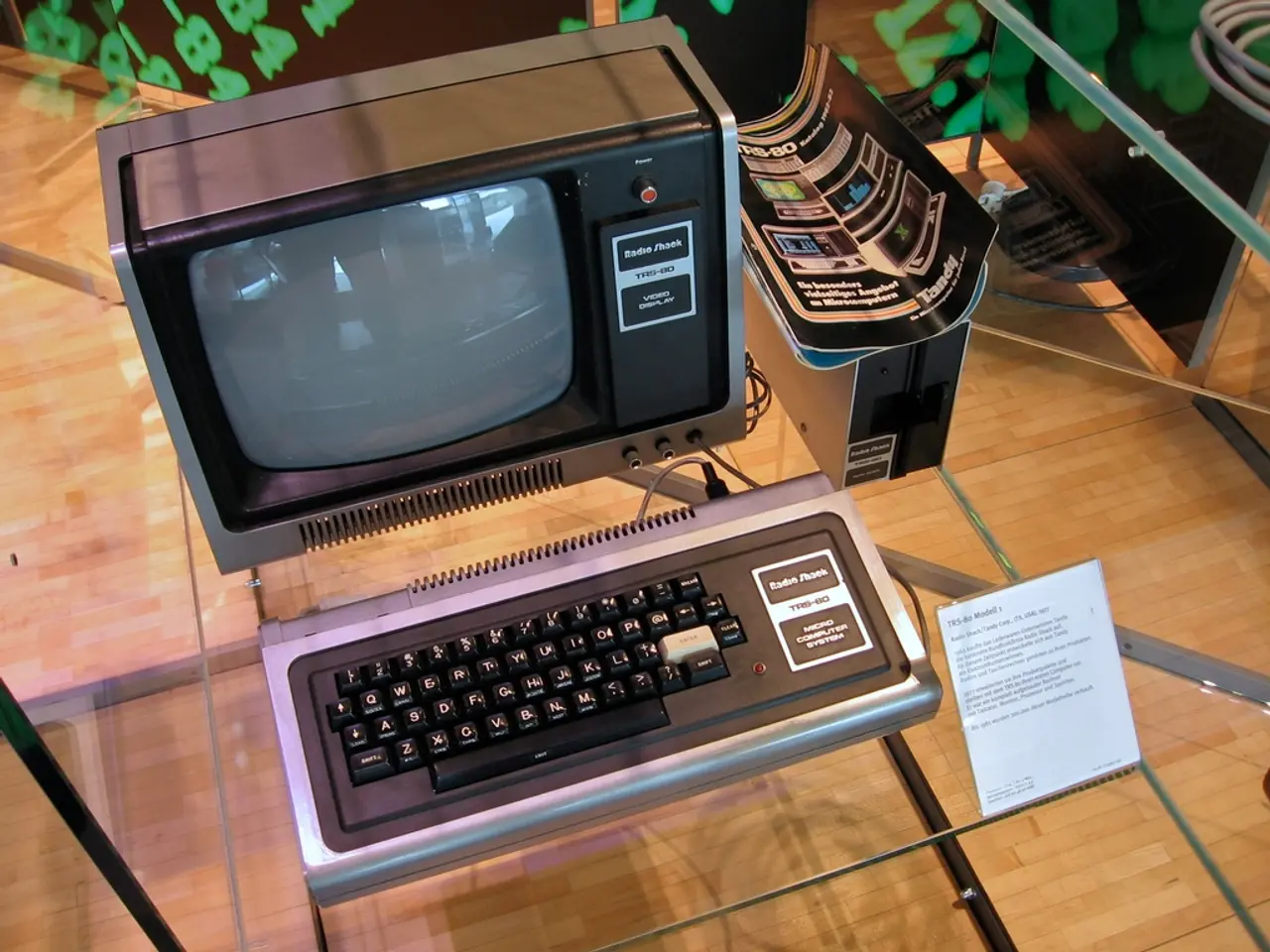Intel readies Nova Lake CPUs with fresh Linux support, discontinuing 20-year-old 'Family 6' classification to adopt 'Family 18'
Intel's upcoming processors, codenamed Nova Lake, mark a significant shift in the CPU classification system, moving away from the long-standing Family 6 designation to a new Family 18 identifier. This change, which represents the first major shift in Intel's CPU family numbering in over 20 years, signifies a clean break from the legacy Family 6 framework [1][3].
The Legacy Family 6 Era
The Family 6 classification began with the original P6 architecture (Pentium Pro) in 1995 and has since defined nearly all Intel 64-bit consumer CPUs. This family designation grouped a wide range of CPUs under one sprawling umbrella, regardless of generation or microarchitecture evolution [1][3].
The Nova Lake Era (Family 18)
Nova Lake CPUs are identified as Family 18, signifying a departure from the legacy Family 6 framework. Within Family 18, specific models such as Family 18 Model 1 (Nova Lake) and Model 3 (Nova Lake L, likely low-power mobile variants) are recognized [1][3]. This change coincides with Linux kernel updates needed to support new hardware features, power management, driver integration, and scheduling optimizations for modern silicon developments.
Rationale and Implications
In addition to the new family identifier, Intel is also separating client and server processors more distinctly at the classification level. Family 18 is designated for client CPUs (like Nova Lake), while Family 19 is reserved for next-gen Xeon server processors such as Diamond Rapids [1]. This segmentation aims to simplify software and driver development, ensuring cleaner feature tracking and support across platforms [1].
The new classification system will enable a more precise software support structure moving forward, aligning processor families with contemporary architectural generations. Some key features of Nova Lake include:
- Increased Core Counts: Nova Lake processors are expected to double the core counts of Arrow Lake.
- New iGPU: A new iGPU based on the Xe4 "Druid" architecture is expected to be included in Nova Lake processors.
- Broad Use Cases: Nova Lake processors are expected to span across various categories, including desktops, laptops, and gaming handhelds (Nova Lake-AX).
- Linux Support: By the time Ubuntu 26.04 LTS arrives, Linux users will have full support for Nova Lake baked in.
A Clearer Segmentation Strategy
This reclassification is not just a naming exercise; Intel's segmentation strategy is becoming clearer with Family 18 for client CPUs and Family 19 for next-gen Xeon processors like Diamond Rapids. The debut of Nova Lake is a year away, with Panther Lake expected to launch first [1].
Future driver-level patches for graphics, power management, and scheduling can integrate seamlessly once Nova Lake hardware lands in late 2026. The Linux kernel patches for Nova Lake do not reveal any hardware specs, only simple identifiers [1].
[1] - [Source] [3] - [Additional Source]
The upcoming Nova Lake processors, identified as Family 18, signify a departure from the legacy Family 6 framework, signifying a shift in Intel's CPU classification system. With this change, modern technological advancements such as increased core counts, a new iGPU, and broader use cases in various categories like desktops, laptops, and gaming handhelds will be integrated into lifestyle, taking advantage of the new Family 18 identifier.




